Hi there, pet lovers! 🐎
Horses have been loyal companions to humans for thousands of years, serving as partners in work, sport, and leisure. Their intelligence, strength, and emotional depth make them one of the most rewarding—yet demanding—pets to own. Whether you’re considering your first horse or looking to refine your care routine, this detailed guide covers everything from daily maintenance to long-term commitments, ensuring you make an informed decision.
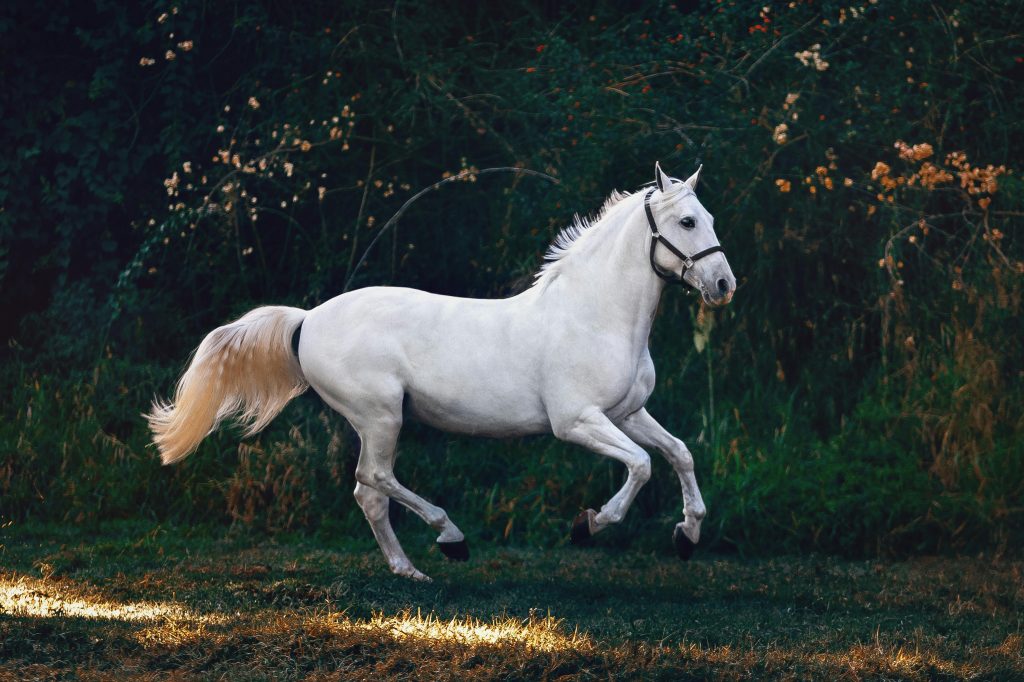
Overview
Horses (Equus ferus caballus) are large, social, and highly intelligent mammals that require dedicated care, space, and financial investment. Here’s a quick summary of what makes them unique:
- Handling and Temperament: Generally gentle but require experienced handling; personalities vary by breed and training.
- Care and Maintenance: High-maintenance, needing daily feeding, grooming, exercise, and medical attention.
- Health and Durability: Robust but prone to injuries, colic, and hoof issues; lifespan averages 25–30 years.
- Availability: Widely available through breeders, rescues, and auctions.
- Cost: Expensive upfront and long-term (purchase, boarding, vet bills, farrier visits).
- Overall: A deeply rewarding but demanding pet, best for committed owners with experience or professional guidance.
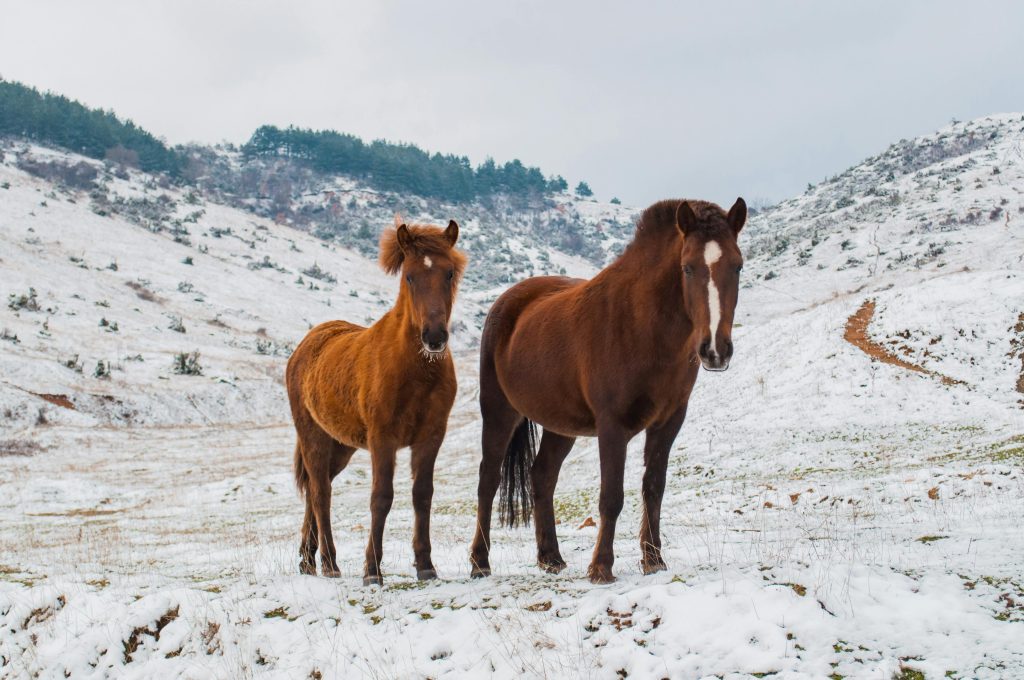
Why Choose a Horse?
Horses are more than just pets—they’re lifelong partners. Their ability to bond with humans, combined with their versatility in riding, competition, and therapy work, makes them extraordinary companions. However, they are not low-maintenance. Ownership requires time, space, and financial stability, making them best suited for those passionate about equestrianism or ranch life.
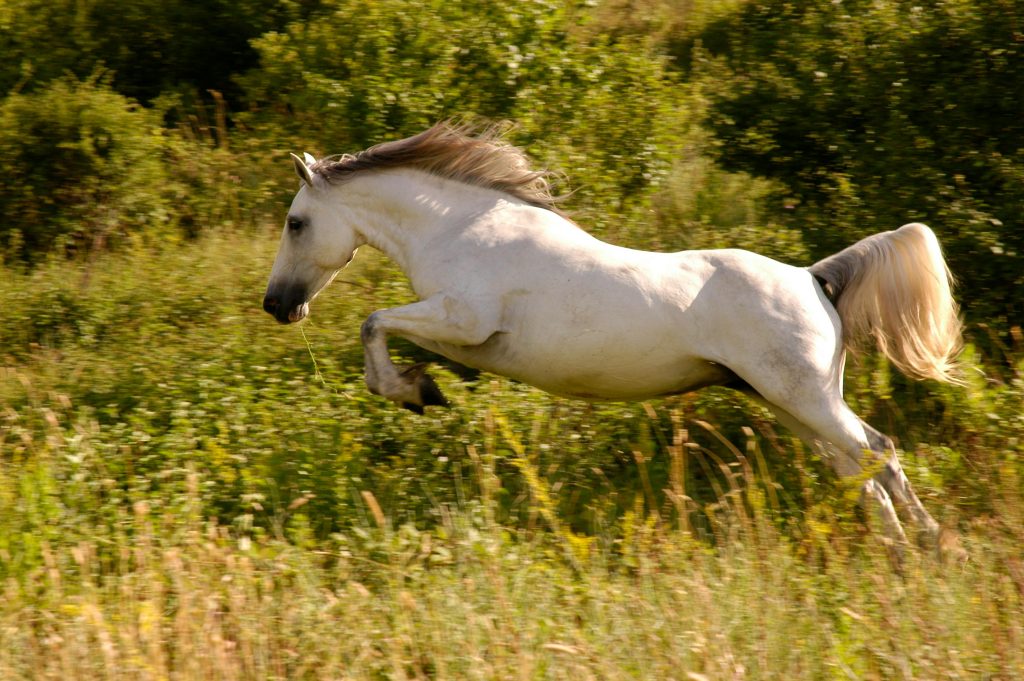
Handling and Temperament
Horses are highly social animals with distinct personalities shaped by breed, training, and past experiences. While some are calm and patient, others may be spirited and energetic.
Personality Variations
- Calm & Steady: Ideal for beginners (e.g., Quarter Horses, draft breeds).
- Energetic & Sensitive: Suited for experienced riders (e.g., Thoroughbreds, Arabians).
- Trainability: Most horses respond well to consistent, positive reinforcement.
Handling Tips
- Approach calmly—horses are prey animals and can spook easily.
- Use confident body language—they respond to leadership.
- Avoid sudden movements or loud noises, especially with young or nervous horses.
Biting and Aggression
While rare, horses may bite or kick if threatened. Proper training and respect for their space minimize risks.
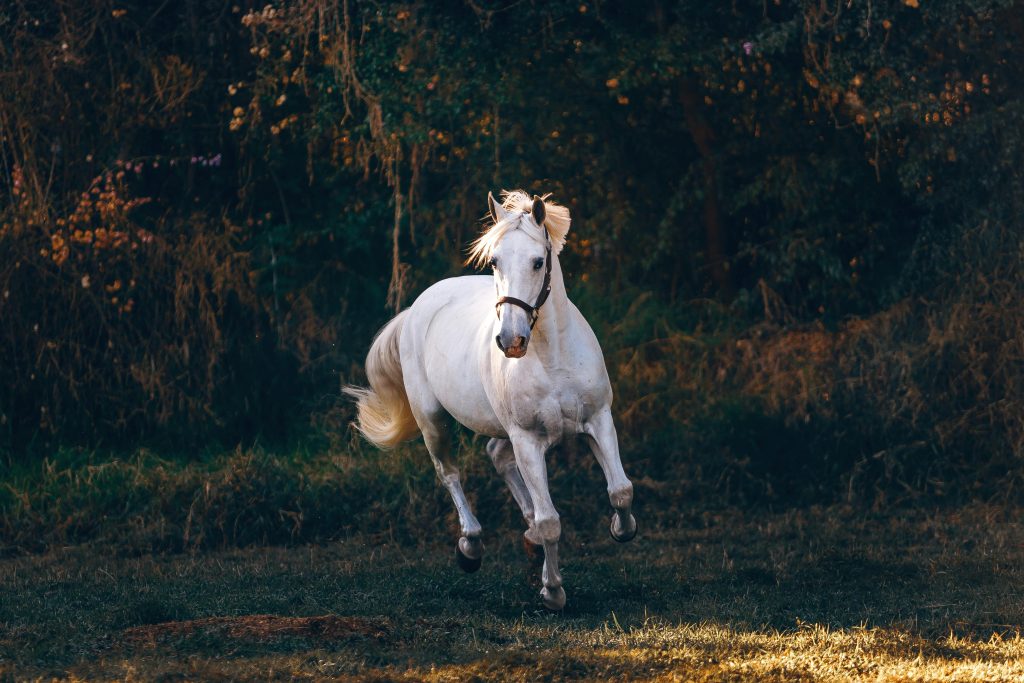
Care and Maintenance
Horses require daily attention, including feeding, grooming, and exercise. Their care is far more intensive than smaller pets.
Enclosure & Living Space
- Pasture Requirements: At least 1–2 acres per horse for grazing.
- Shelter: A three-sided run-in shed protects from weather.
- Stabling: If stalled, horses need 12×12 ft stalls, cleaned daily to prevent ammonia buildup.
Diet & Feeding
- Grass & Hay: Primary diet (15–20 lbs of hay daily).
- Grain: Supplemental (oats, pellets) for active or underweight horses.
- Water: 5–10 gallons per day; heated buckets in winter prevent freezing.
Exercise Needs
- Daily turnout (12+ hours) prevents stiffness and boredom.
- Riding or lunging 3–5 times weekly maintains fitness.
- Mental stimulation (trail rides, obstacle work) prevents behavioral issues.
Grooming
- Daily brushing removes dirt and checks for injuries.
- Hoof cleaning prevents thrush and abscesses.
- Bathing (1–2 times monthly) keeps coat healthy.
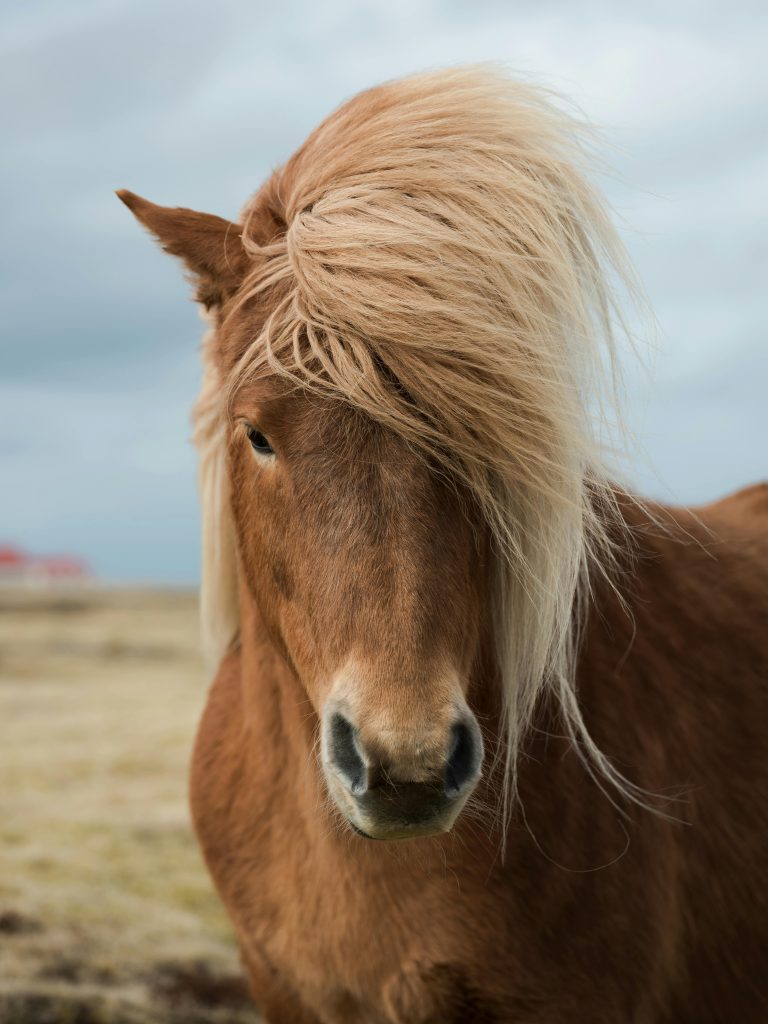
Health and Durability
Horses are strong but susceptible to several health issues. Preventative care is crucial.
Common Health Problems
- Colic: Life-threatening digestive blockage (symptoms: rolling, lack of manure).
- Lameness: Caused by hoof/leg injuries or arthritis.
- Respiratory Issues: Dusty hay or poor ventilation can trigger heaves.
Preventative Care
- Vet Visits: Biannual check-ups, vaccinations, and dental floating.
- Farrier Visits: Hoof trims or shoeing every 6–8 weeks.
- Parasite Control: Deworming every 2–3 months.
Lifespan
With proper care, horses typically live 25–30 years, though some breeds (like ponies and Arabians) often exceed 30 years. Factors like diet, exercise, genetics, and preventative healthcare significantly impact longevity.
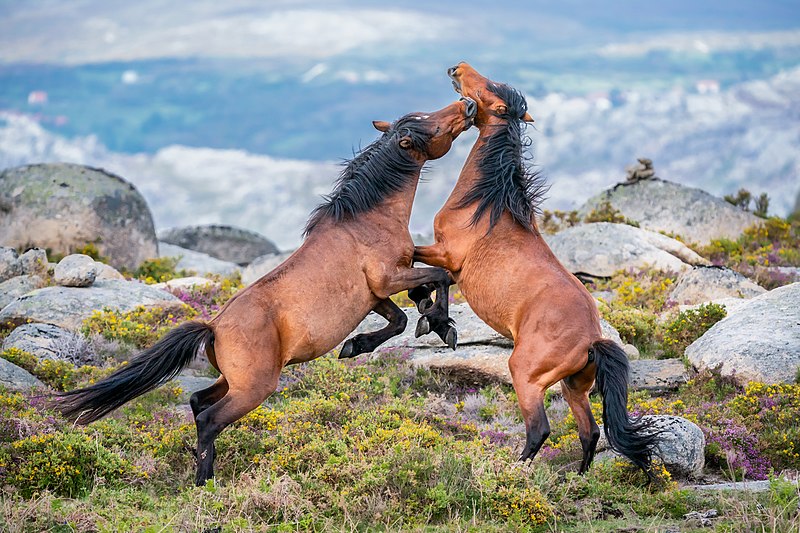
Availability and Cost
Where to Buy
- Breeders: For specific bloodlines (e.g., sport horses, ranch breeds).
- Rescues: Budget-friendly but may require rehab.
- Auctions: Risky for beginners (health/temperament unknowns).
Cost Breakdown
- Purchase Price: $1,000–$50,000+ (depending on breed, training, age).
- Boarding: $200–$800/month (pasture vs. full-care stable).
- Annual Expenses: $3,000–$10,000 (feed, vet, farrier, tack).
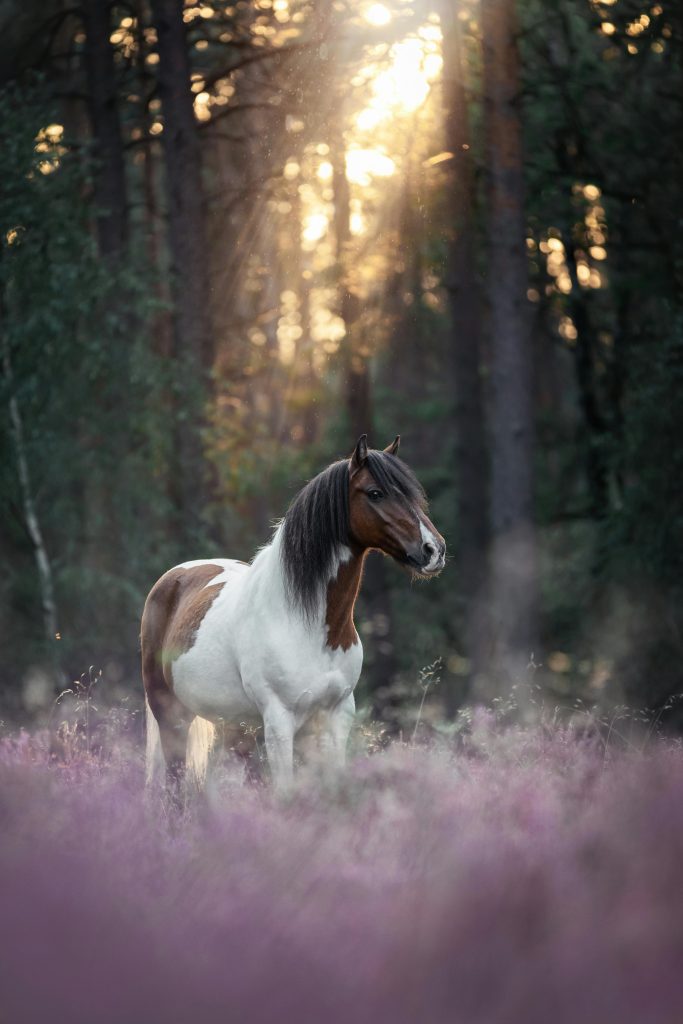
Pros and Cons
Pros
- Strong bond with owners.
- Versatile (riding, competition, therapy).
- Long lifespan (25+ years with good care).
Cons
- High costs (feed, vet, boarding).
- Time-intensive (daily care required).
- Space demands (land or boarding fees).
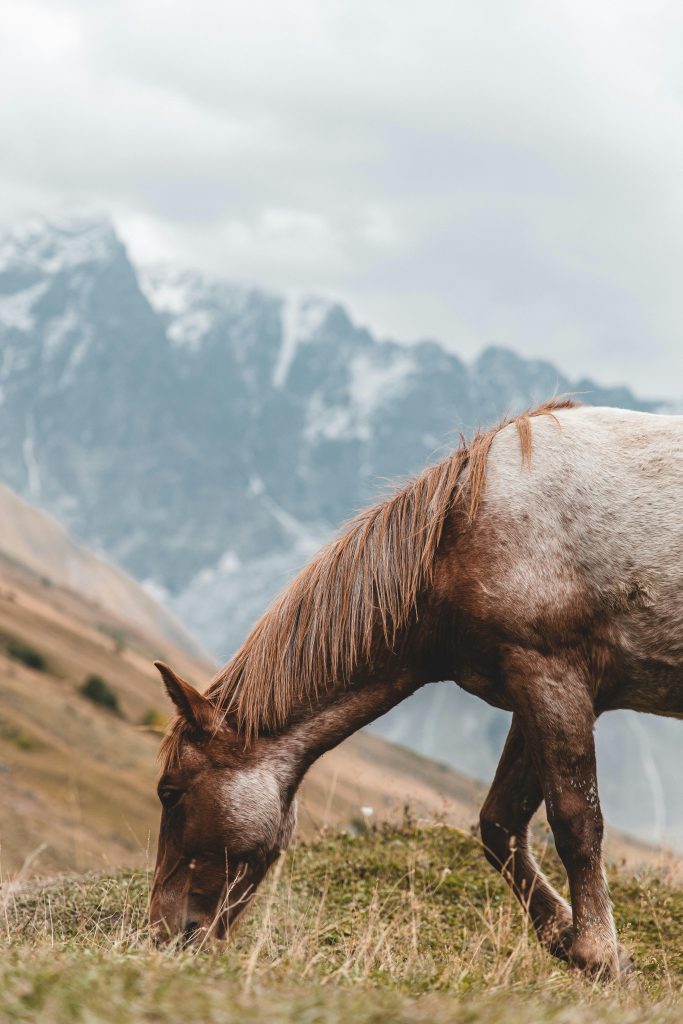
Final Thoughts
Horses are magnificent animals that offer unmatched companionship and partnership, but they are not for casual owners. Prospective buyers should have experience, resources, and a long-term commitment before bringing a horse home. For those ready for the challenge, the rewards—whether in competition, trail riding, or simply bonding—are immeasurable.
Interested in horse ownership? Visit local stables, take lessons, and volunteer to gauge if it’s the right fit. And if you already own a horse, share your experiences in the comments—we’d love to hear your story!
For more in-depth guides on equine care, subscribe to our newsletter or explore our related articles below. 🐎

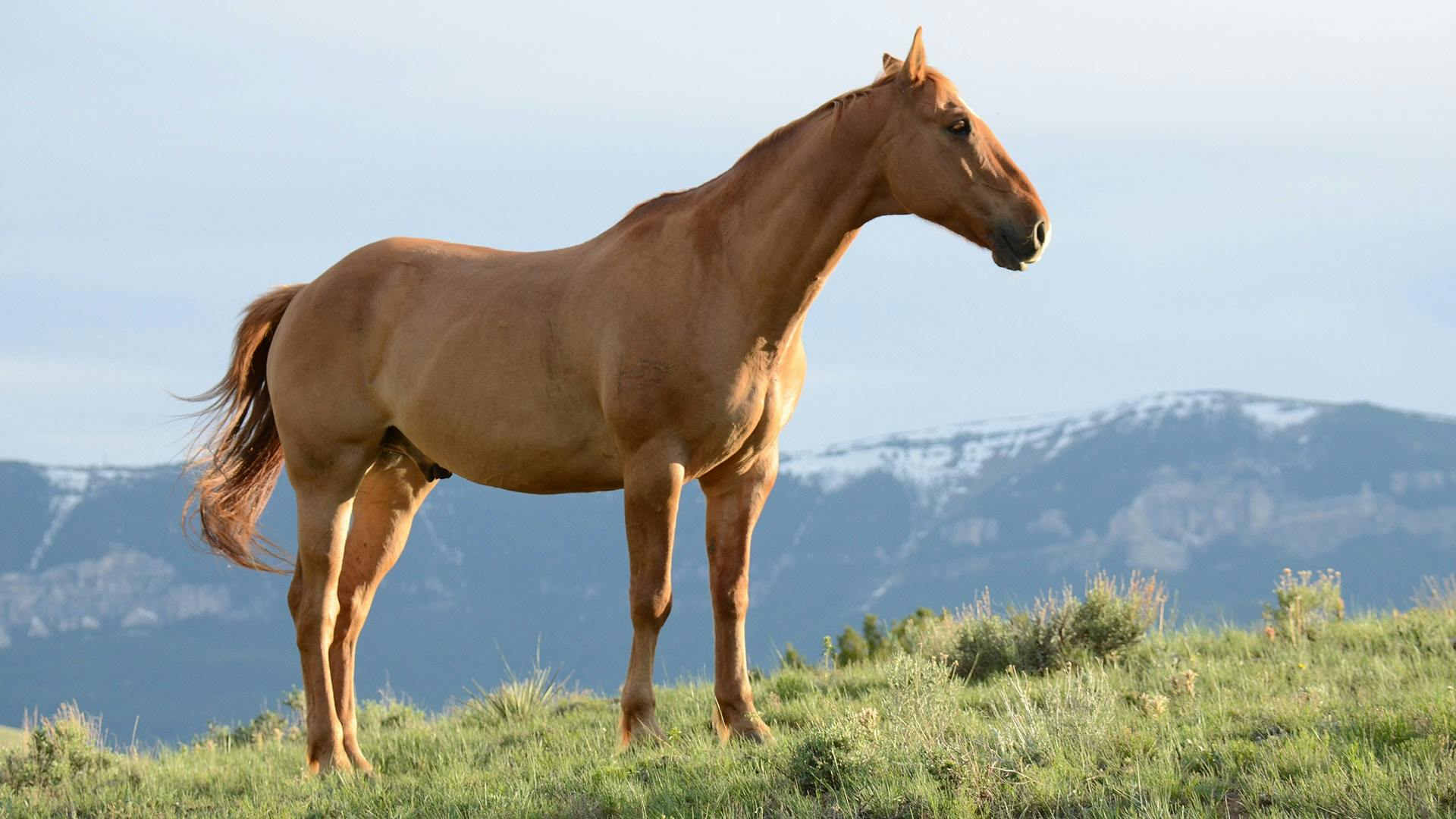

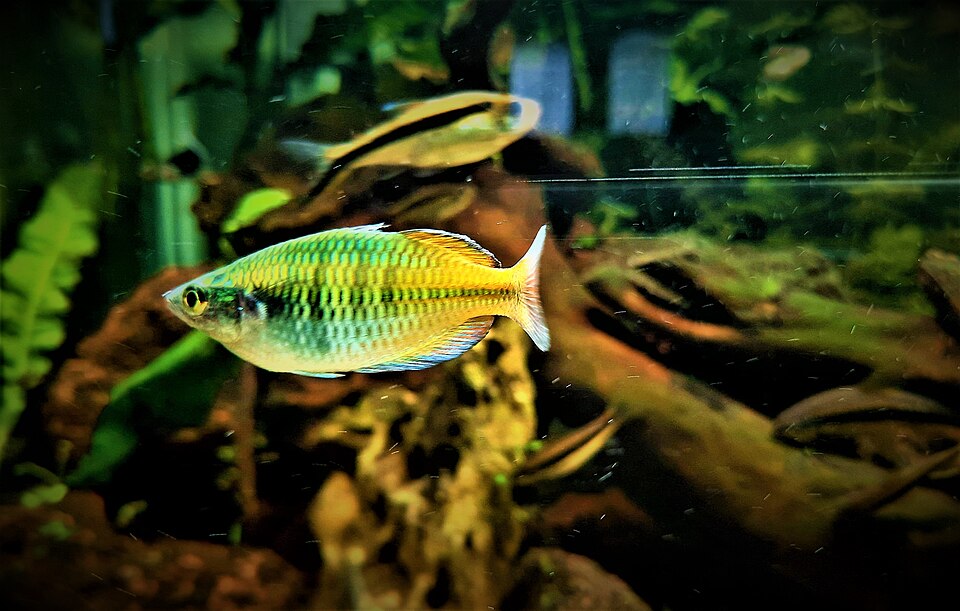
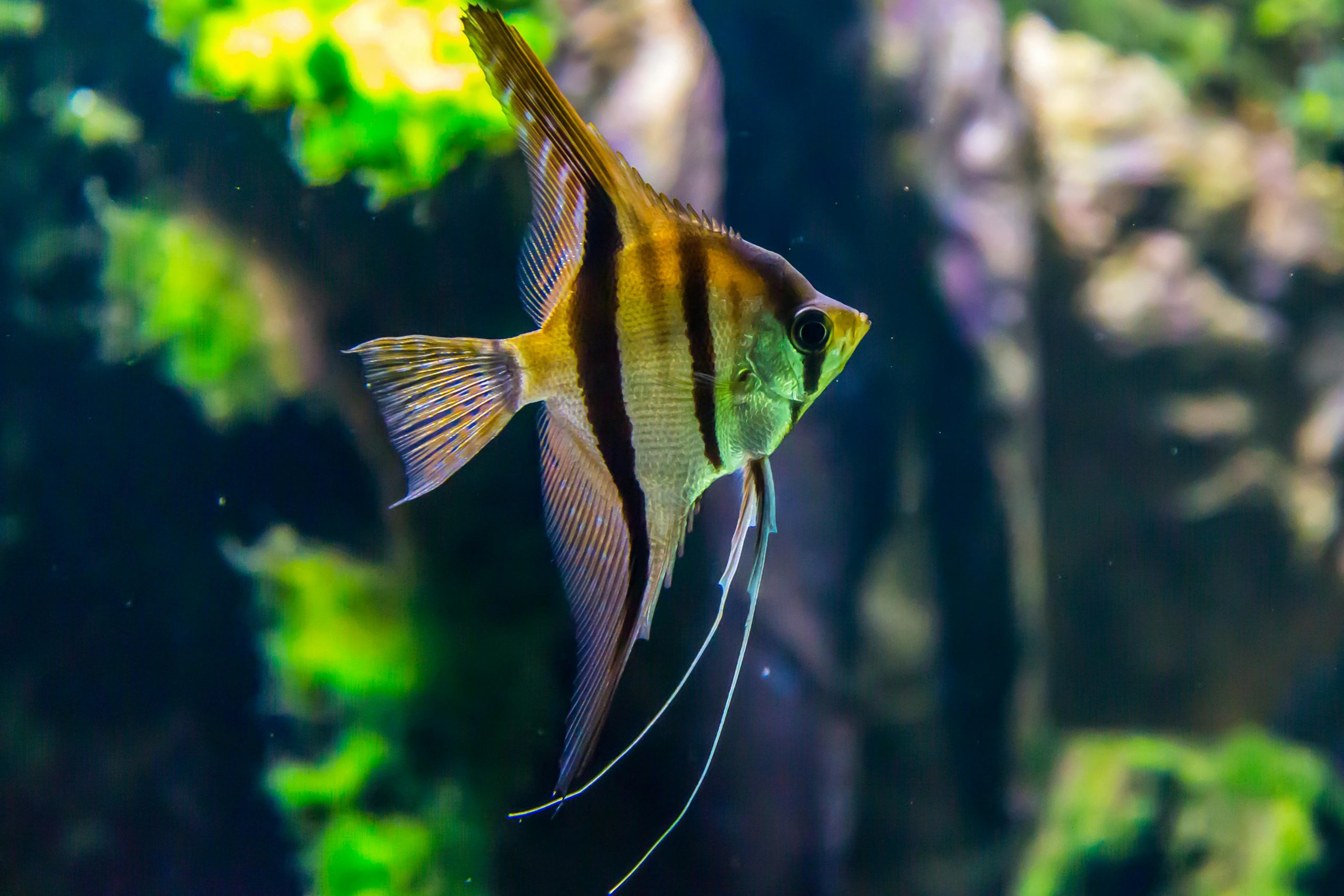
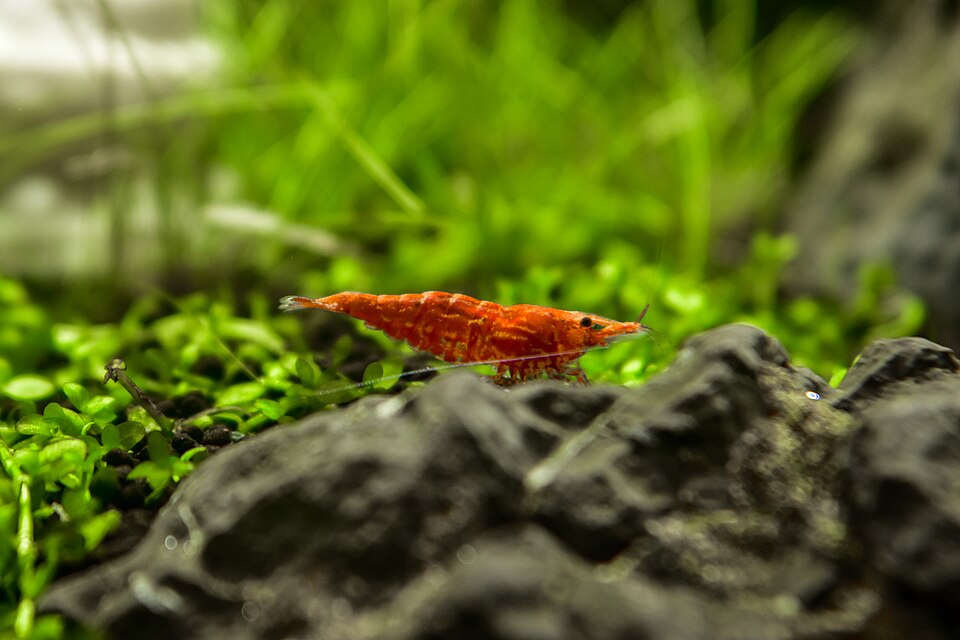

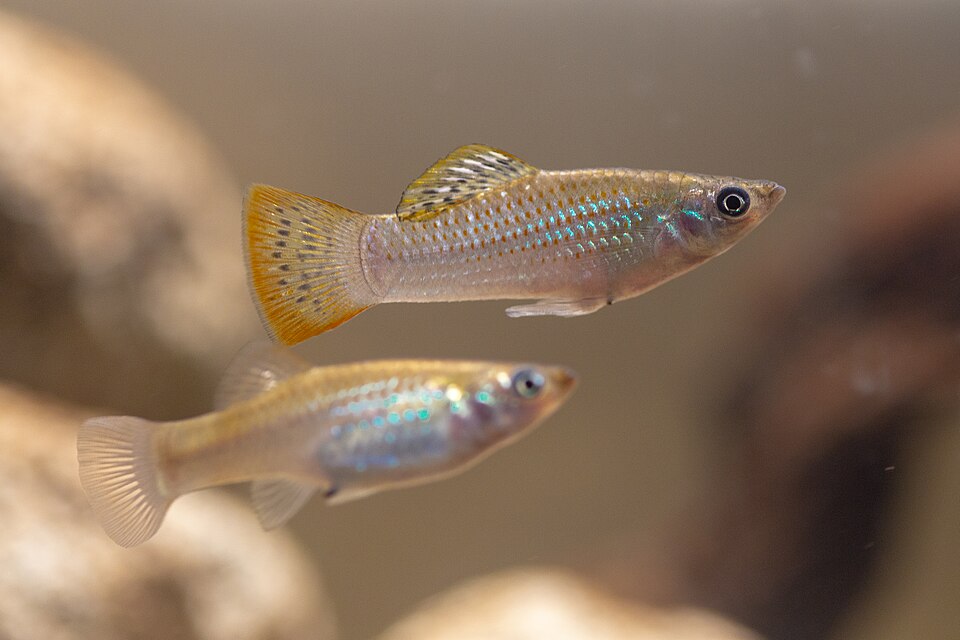
Leave a Reply